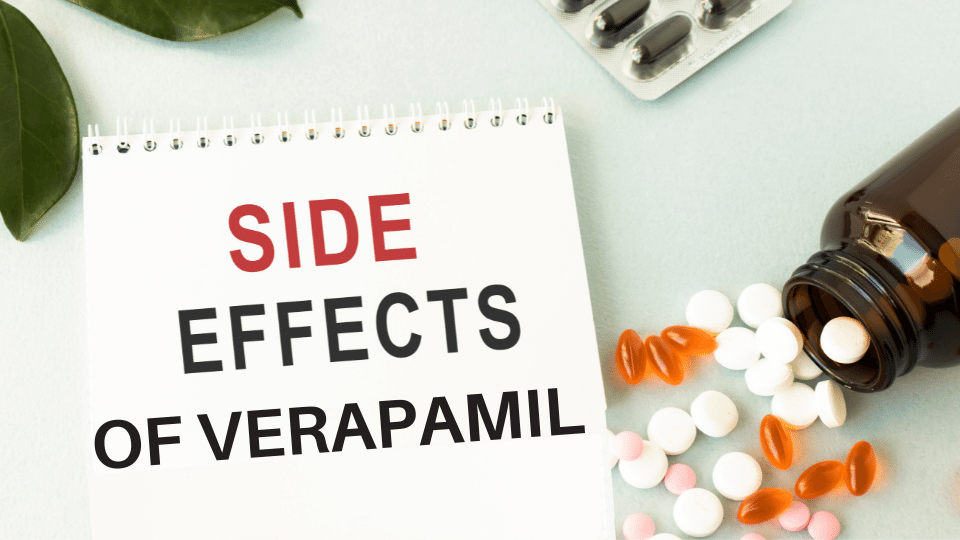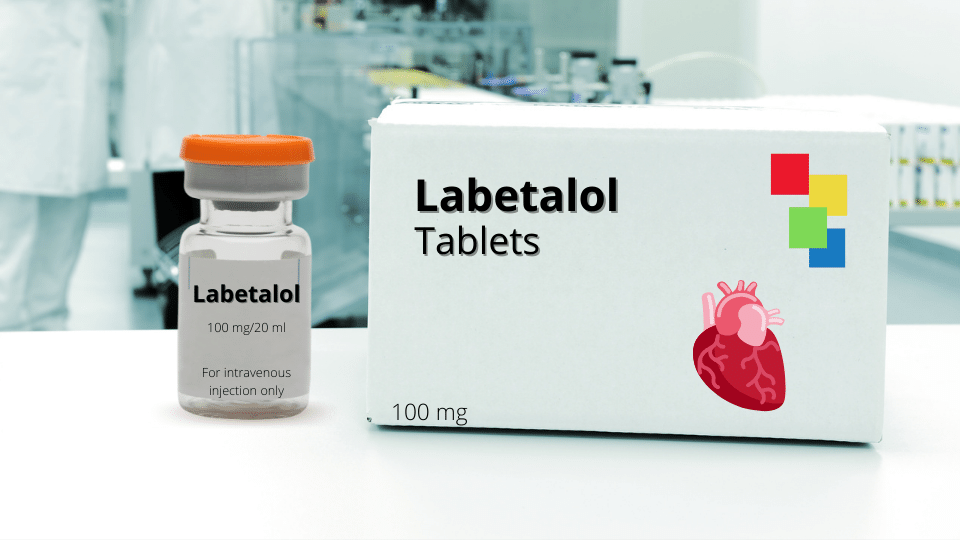Verapamil is prescription medication which belongs to a class of medicine known as calcium channel blockers. It acts by blocking calcium influx into myocardial and vascular smooth muscle cells causing blood vessels relaxation.
Verapamil is used to treat high blood pressure and several other problems associated with the heart. It is available as tablets, capsules and injection.
Verapamil decreases heart rate, contractility of the heart and peripheral vascular resistance, hence it is used in the treatment of:
Verapamil is available as:
Verapamil should be taking with food at the same time each day. If you missed a dose you should take it as soon as possible.
Extended release tablets and capsules should not be crushed or divided.
Do not stop taking the drug before talking to your doctor. If you suddenly stop taking Verapamil, the symptoms may reappear.
Be sure to tell your doctor if:
Pregnancy and breastfeeding:
Verapamil is not recommended during pregnancy and breast feeding because it can cross placenta and pass into breast milk. Discuss with your doctor before using it.
Can I drive and do hazardous work while I’m using Verapamil?
Verapamil causes dizziness since the drug can lower blood pressure; therefore, it’s recommended to avoid those activities until you have found out how Verapamil affects you.
Can I drink Alcohol while using Verapamil?
Avoid drinking. Alcohol may cause dizziness by lowering blood pressure.
Verapamil is not suitable for certain individuals who:
Verapamil for infants and children is given only based on the doctor advice.
The most common side effects of the drug are:
On rare occasions, you might have:
Verapamil side effects in details.
Several drugs and substances can interact with Verapamil resulting in undesired effects. Interaction can affect activity of the drug or increase the severity of side effects.
Interactions with drugs
Verapamil can form drug-drug interactions with the following drugs:
Interactions with Herbal medicine:
Ginseng, yohimbe, ephedra, ginger, licorice, black cohosh and periwinkle might make hypertension worse, Concentration or effects of Verapamil might be reduced by St. John’s wort.
Food interaction:
Grapefruit products can increase blood levels of Verapamil, so it should be avoided.
1. Kizior, R.J. and Hodgson, B.B. (2018). Saunders nursing drug handbook 2019. Philadelphia: Saunders.
2. British Medical Association (2015). British Medical Association new guide to medicine & drugs. London: Dorling Kindersley.
3. Joint formulary committee, BNF 80 (The British National Formulary), 80th Revised edition, Pharmaceutical Press, London, United Kingdom, [2020]
4. Rang, H.P. (2016). Rang & Dale’s pharmacology. Philadelphia, Pa?] Elsevier Churchill Livingstone, An Imprint Of Elsevier Limited.
5. Winter, H., Moore, S.W., Boesen, K. and Boesen, C. (2017). Complete guide to prescription & nonprescription drugs, 2018-2019. New York: Tarcherperigee, An Imprint Of Penguin Random House Llc.
The most common side effects of the drug are: swelling of ankle, light-headedness, headache, constipation, vomiting, nausea and hypotension.

Labetalol is an antihypertensive agent which belongs to a class of medicines called beta blockers.

The urethra is a muscular canal that extends from the neck of the bladder to the exterior of body. Read more about the anatomy of urethra in this article.

Chronic kidney disease (CKD) is a disease in which irreversible damage to the kidneys leads to a reduction in kidney function. CKD has 5 stages and many complications.

Learn about medical uses, safety profile, mechanisms and interactions of statins.

Comprehensive guide on Ozempic (semaglutide), including its uses, dosage, side effects, warnings, and interactions.
.png)